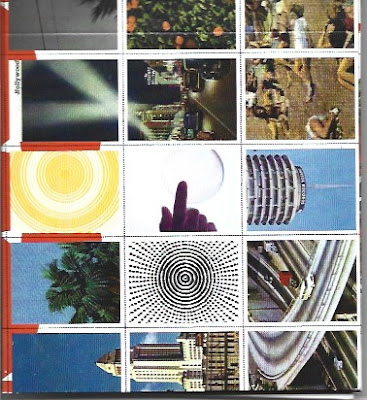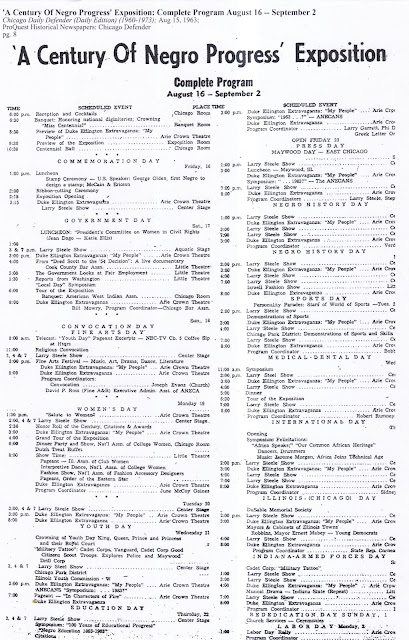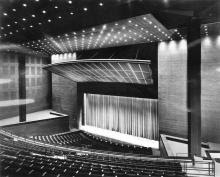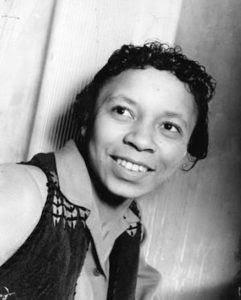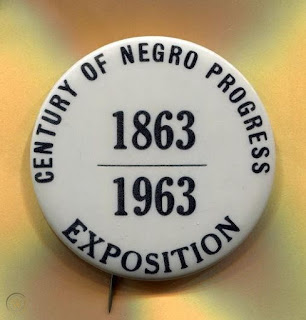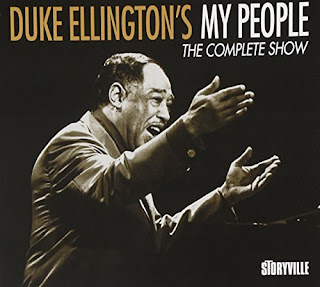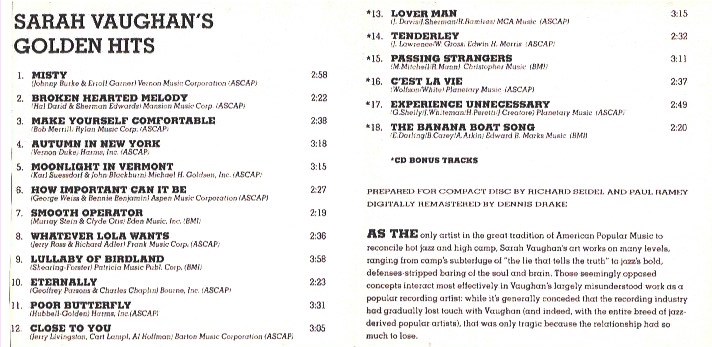N.B.: The following is a piece I wrote for esq in the spring of 1991.
The bulk of The Beach Boys' earliest material was not released until 1969, and from then until now collectors have had to put up with a succession of shodily- packaged LPs and bootlegged CDs that left the group sounding like rank amateurs. This compact disc, featuring the pristine sonic clarity of the original studio masters, is the first reissue of the Hite Morgan productions really worth owning.* Among its treasures are five alternate takes and a complete audition session consisting of three tracks the Boys performed two weeks before their studio debut, while still calling themselves The Pendletones. This release is also the first to provide extensive session notes that, together with the music, help to clear up some hoary mythology and mistaken discography.
In the interest of accuracy here are some notes on the group's first four sessions. The CD program duplicates my order of presentation, with the exception of "Lavender" from the initial rehearsal tapes and Session #4, which I insert before the February session.
SESSION #1: The Pendletones, September 15, 1961, Hite Morgan home studio audition.
1. "Lavender" (Dorinda Morgan)
2. "Luau" (Bruce Morgan)
3. "Surfin'" (Brian Wilson, Mike Love)
Unbelievable as it seems, the tape reel of this session was stashed away and forgotten for almost thirty years among the memorabilia of Hite Morgan's son, Bruce. Now released for the first time, these demos recorded in Morgan's living room reveal a well-rehearsed and adventuresome vocal quartet (Dennis Wilson apparently was not present). While "Surfin'" and "Luau" are accompanied by acoustic guitar rhythm, "Lavender" is performed a cappella. As the notes point out, this track puts to rest the supposition that The Beach Boys did not attempt a jazzy, Four Freshmen-style vocal arrangement until Brian had time to experiment in the studio. If there is one shining jewel in this collection, "Lavender" is it.
SESSION #2: The Beach Boys, October 3 , 1961, World Pacific Studios, Los Angeles.
1. "Surfin'" (12 takes)
2. "Luau" (10 takes)
Most sources give the date October 4 and the venue Keen Studios in Beverly Hills, so there are still some questions about this session. Some myths, however, can be put to rest. One of them, that "Luau" was sprung on the group as a surprise flip-side, is refuted by the fact that the Boys had auditioned it in September. Another, that "Surfin'" was done in one quick take for the Candix single and later rerecorded for Capitol, is given the kabash here. Brian plays snare drum, and again Dennis is not present (Some accounts have Brian playing upon a plastic trash can lid, but the improved sound quality here clearly reveals wire brushes on a snare). Carl Wilson and Al Jardine accompany on acoustic guitar and string bass. The CD includes takes 1 (false start), 2, and 7 (master take) of "Surfin'." The first complete take is marred by a squeak and by Brian's loss of the beat in the last chorus. On "Luau," we hear takes 1 (fs), 2, and the master.
SESSION #3: The Beach Boys, February 8, 1962, World Pacific Studios.
1. "Surfin' Safari" (Brian Wilson/ Mike Love)
2. "Surfer Girl" (Brian Wilson)
3. "Judy"
4. "Beach Boys Stomp," aka "Karate" (Carl Wilson)
On all previous issues, these sides have been distinguished by their crude, "garage-band" sound; here it seems as if a gray veil has been lifted. The personnel this time is Brian on Fender bass, Carl on electric guitar, and Dennis on drums. As before, the tunes are performed "live," vocals and instruments together. For "Surfin' Safari," the CD includes takes one and five, the selected master. On both the tempo is rushed, Mike's vocal is slightly breathless, and the muffled drum is out of sync with the guitar. Carl, however, turns out two little gems in his solos turns. (The hit version that later appeared on Capitol caught on, I'm convinced, largely because of Carl's guitar break.)
In addition, there is an interesting but crude attempt to create a stereo "Safari" by overdubbing a separate channel of electric lead guitar and a full drum kit. It doesn't quite work out, mainly because the drummer (presumably Dennis) can't seem to find the beat.
There can be no more eye-opening comparison than between this "Surfer Girl" and the one released by Capitol in 1963, nor any better measure of what Brian learned about producing records in the meantime. In the studio chatter before the performance, we can hear Brian's request that the bass part be omitted and overdubbed later, but the man in the booth nixes the idea. The result is an echo-chamber mishmash with a droning bass line, not at all the kind of sound Brian had in mind. It is probably not too wild to assume that The Beach Boys' move to Capitol was the direct result of his dissatisfaction with the sound on these versions of "Surfin' Safari" and "Surfer Girl."
The remaining tracks are more successful rhythmically, though not important to the group's catalogue. "Karate" has been described as an edit of the longer "Beach Boy Stomp," but close listening will confirm that two choruses of Carl's guitar solo were simply repeated at the end to create the "Stomp" version. The first of a long series of Carl Wilson blues instrumentals, "Stomp" is a rudimentary nod to Dick Dale, but it has never before sounded so crisp. Likewise, the rhythm on "Judy" really pops.
SESSION #4: Kenny and the Cadets, March 8, 1962, unknown studio in Los Angeles.
1. "Barbie" (Bruce Morgan)
2. "What Is a Young Girl Made Of" (Bruce Morgan)
The Kenny and the Cadets session seems to be a consolation gesture from the Wilsons to the Morgans for having broken their management contract to sign with Capitol. The chronology here is tricky, though: Murry Wilson's "letter of intent" agreement with Hite Morgan is dated March 29, nearly a month after this session took place. If these dates are correct, the rationale given for the session appears strange. In addition to Brian's lead, on backing vocals we hear Carl, Al we and Audree Wilson, the mother of Brian and his brothers. Both sides were performed over a pre-recorded instrumental track. The stereo release on this CD allows isolation of the vocals. On "Barbie" the backing vocals are on the same track as Brian's lead, but on "Young Girl" they are done with the instruments, and we can hear the nineteen-year-old man child Brian singing alone. His octave leap on "Young Girl" is something to behold. "I almost started laughing," he confesses after the take.
*A two-disc set, Becoming The Beach Boys, was issued in 2016 and presented the sessions in their entirety.
The following piece first appeared in esq, summer 1991. (I was submitting them hand-over-fist that year.)
CD REVIEW: THE FOUR FRESHMEN
CAPITOL COLLECTORS SERIES CDP7931972
In the 1950s The Four Freshmen were considered a "Jazz" group, vocally by way of singing groups like Mel Tormés Mel-Tones and Stan Kenton's Pastels, and instrumentally out of the tradition of jazz big bands. By the time of the rock boom of the '60s, they would be called "MOR," and in 1991, you'll probably find this CD, a 21-track compilation of the their best-known work, stuck in the "Easy Listening" corner of your local music store. Don't let industry labels fool you, though: Freshmen vocal arrangements have always been right on the cutting edge.
From the first notes of the first track on this CD, it becomes abundantly clear that the Four Freshmen were the very paragon and inspiration for The Beach Boys' sound, and Beach Boys fans will be especially gratified to find here both "Graduation Day" and "Their Hearts Were Full of Spring" as Brian Wilson first heard them in his teens. Brian modeled his own voice upon Freshmen lead singer Bob Flanigan and his own group arrangements after Freshmen timbres, voicing, and phrasing. If you love the vocal sound of The Beach Boys, your first experience of The Four Freshmen may come as a revelation.
From their beginning in 1948, The Four Freshmen set precedents, as Scott Shea's excellent notes to the CD explain: "They were the first four-part group to sing sophisticated jazz arrangements, redefining vocal harmonies: they were among the first artists to use the long-playing album to express a consistent musical theme."
This CD affords an ideal introduction to the quartet's work, and for those already familiar, it offers the pristine clarity of digital sound. The material is presented in chronological order, beginning with the group's signature tune, "It's a Blue World" (1952), and ending with "And So It's Over" (1962), a number the Freshmen used to close their live sets. In between there is a good balance of ballads, up-tempo performances, and Latin rhythms, with accompaniment both by the Freshmen alone and by various studio combinations. As a "greatest hits" anthology, it leaves the listener yearning for more, and there is plenty where this one came from: The Four Freshmen have released 41 LPs to date, 28 of them on the Capitol label. Let's hope that the response to this CD will lead to more digital reissues in the future.
Bing Videos: Link to Elton John/ Leon Russell HBO documentary, The Union.
lightly and politely...
- Don Byron, Bug Music (Nonesuch, 1996)
NEXT:






















